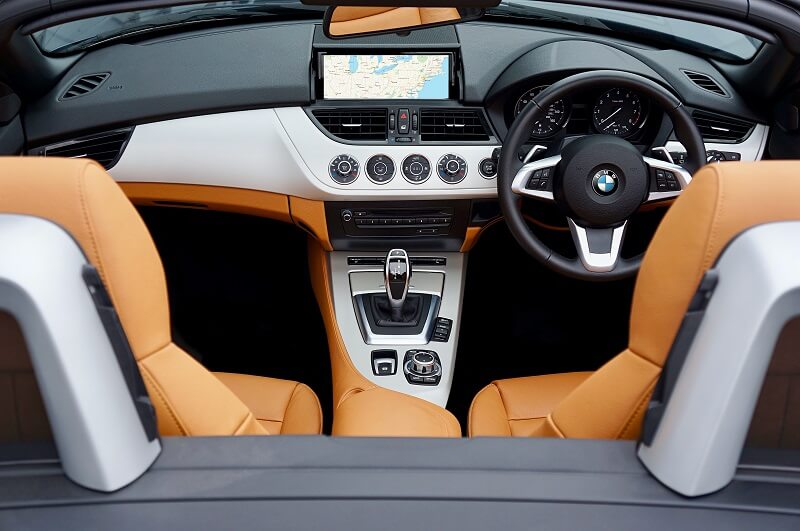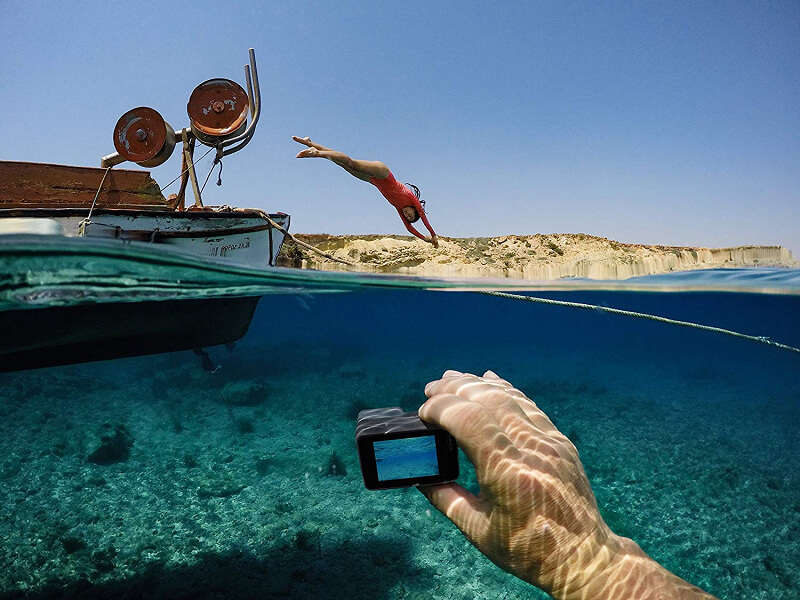
Augmented reality (AR) has emerged as a groundbreaking technology that blends virtual elements with the real world. It has transformed how people perceive and interact with their surroundings. With its ability to overlay digital information onto real-world environments, AR has found numerous applications across various industries—including the automotive industry.
Read more to learn the exciting applications of augmented reality in the automotive sector and how this technology enhances navigation, safety, and the overall driving experience.
6 Ways Augmented Reality in Cars is Enhancing Navigation and Safety
AR is proving to be an invaluable innovation for different sectors. It’s been gaining steam over the past few years that even car manufacturers are utilizing them to enhance certain aspects of driving. Here are some of the most helpful ways AR changes how you drive your vehicle.
1. Robust navigation system
Augmented reality brings a new dimension to navigation systems by overlaying real-time information onto the driver’s view. AR-powered head-up displays (HUDs) let you receive visual cues like directional arrows, distance markers, and upcoming points of interest superimposed directly onto the windshield.
This integration provides an immersive and intuitive navigation experience, allowing you to keep your eyes on the road while effortlessly following directions.
2. Virtual lane guidance and object recognition
Integrating virtual markers onto the windshield brings a new level of precision and safety to the driving experience. These virtual markers serve as a sophisticated guidance system. They facilitate accurate alignment and ensure your vehicle maintains optimal positioning within the designated lane.
The assistance of AR technology gives you enhanced confidence in navigation, knowing that your vehicle is precisely aligned on the road. Moreover, AR systems equipped with object recognition capabilities play a vital role in identifying and highlighting potential hazards on the road.
3. Blind spot detection and rearview assistance
Gone are the days when blind spots posed a constant challenge for drivers. Augmented reality has stepped in, offering an ingenious solution to mitigate this risk. With cameras and sensors, AR systems detect vehicles approaching from blind spots and deliver visual alerts on side mirrors or the HUD.
These informative overlays act as an extra set of eyes. They make you aware of your surroundings and enhance lane change safety for a more confident drive. Additionally, AR enhances rearview assistance by widening the field of view and projecting augmented overlays that indicate the proximity of obstacles while reversing.
Say goodbye to parking mishaps and expensive car insurance payments and hello to stress-free maneuvers.
4. Pedestrian and cyclist safety
The integration of AR in automotive safety systems goes beyond enhancing navigation and driver safety. It extends its impact to prioritizing the protection of vulnerable road users.
AR-enabled safety systems prove invaluable when visibility may be compromised. They can enhance vision during dusk or in poorly lit areas. Plus, these systems can accurately identify pedestrians and cyclists on the road using sophisticated computer vision algorithms.
Advanced detection and real-time alert systems can significantly reduce accidents and enhance road safety.
5. Weather-responsive navigation
One of the remarkable applications of augmented reality (AR) in vehicles is its ability to provide weather-responsive navigation. The seamless integration of real-time weather data with navigation systems lets you stay informed and adapt your journeys to changing conditions.
For example, AR can leverage real-time weather data to provide adaptive navigation guidance, informing you about the conditions along your route. The system overlays can adjust the displayed course and suggest alternative paths or alerts. Ultimately, it prepares you for weather challenges while reducing the risk of related accidents.
The innovative feature is more than mere route guidance. It offers dynamic adjustments and cautionary alerts that prioritize safety by minimizing the risk of weather-related accidents.
6. Augmented parking assistance
Parking in tight spaces or unfamiliar areas can be a nerve-wracking experience. However, AR offers unique parking assistance features that make this task more manageable.
AR systems can generate virtual parking guides and indicators that overlay onto the live camera feed by using cameras and sensors. They can assist you in maneuvering your vehicle precisely into parking spots. These visual aids take the guesswork out of parking and enhance safety by minimizing the chances of collisions with obstacles.
Driving into the Future: How Augmented Reality is Steering Navigation and Safety to New Horizons
Augmented reality has ushered in a new era of navigation and safety in the automotive industry. Through overlaying vital information onto the driver’s view, AR enables enhanced navigation, object recognition, and blind spot detection. Moreover, it plays an essential part in ensuring pedestrian and cyclist safety.
As AR technology advances, you can expect even more groundbreaking applications that elevate the driving experience, making your journeys safer and more immersive. So, buckle up and drive toward the exciting possibilities of augmented reality in cars.
Interesting Related Article: The Impact of AR and Virtual Try-On Technology on Customer Experience in Beauty Industries.





